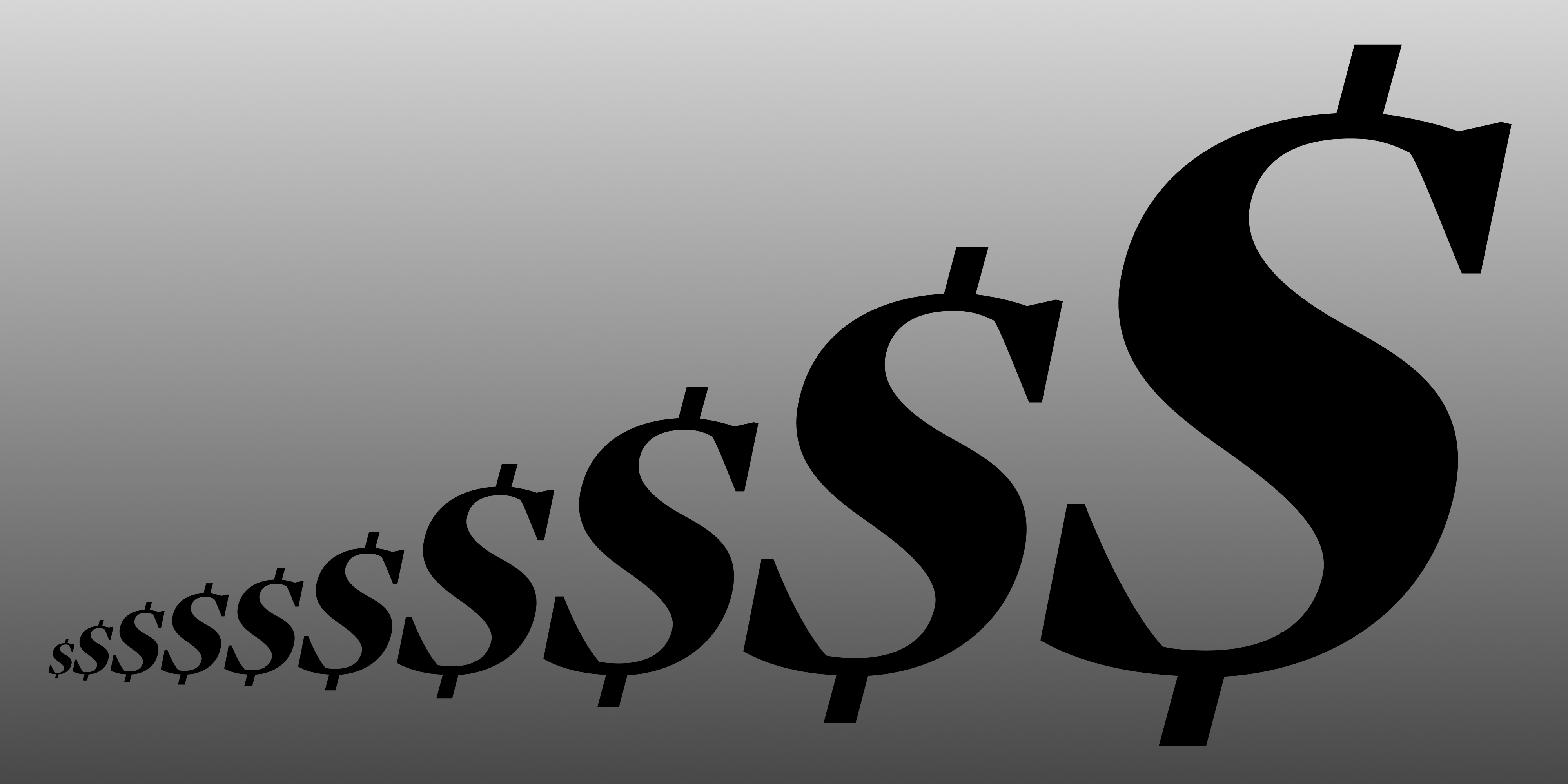Typography isn't just a design detail—it’s a strategic tool that shapes perception, builds trust, and influences behavior. Whether you're launching a new brand, redesigning a website, or fine-tuning a landing page, your type choices directly impact conversions.
Use this checklist to ensure your typography isn’t just pretty—but powerful.
Start with Brand Personality
Before choosing a font, ask yourself:
What should your typography say about your brand—before any words are read?
If your brand leans toward luxury and sophistication, opt for elegant, refined typefaces that convey timeless beauty and craftsmanship—ideal for fashion, jewelry, or boutique branding.
Performa is a great choice here—an elegant serif with calligraphic rhythm that speaks of heritage and refinement.
Tech-forward brands benefit from clean, geometric sans-serifs that communicate clarity, confidence, and digital fluency. Try Industria Sans, a sharp, modular font with a full variable version.
Creative or expressive brands can lean into bold, personality-rich letterforms that bring energy and uniqueness—great for packaging, lifestyle products, or playful messaging. Superpop and Pressato add pop and warmth without losing control.
For a more serious or institutional tone, structured, well-balanced fonts can project tradition, professionalism, and credibility. Annuario delivers classic editorial elegance with clarity.
And if your goal is versatility, neutral modern fonts with subtle character are perfect for digital platforms and branding systems that demand flexibility. Furbo is a workhorse grotesk that adapts to nearly any tone.
Prioritize Readability and Visual Hierarchy
A beautiful font is useless if no one can read it.
Choose fonts designed for body text—ones that are engineered for legibility even at small sizes. Keep line lengths between 50 and 75 characters for optimal reading comfort.
Establish clear hierarchy using:
- Size: Make distinctions between headlines, subheads, and body text.
- Weight: Use bold styles for emphasis and lighter weights for general content.
- Style: Roman and italic contrasts can help structure content without introducing more fonts.
- Color: Use contrast thoughtfully to support hierarchy and guide attention.
A well-balanced combination of weights and sizes helps users intuitively understand your layout without confusion.
Use Typeface Categories Strategically
Each category of typeface brings a different tone and function. Make intentional choices based on what you want users to feel and how you want content to perform.
- Serif fonts often express tradition, sophistication, and trust—great for editorial, luxury, or professional brands. Try Performa or Annuario.
- Sans-serifs are modern, clean, and efficient. They work well in digital environments, tech brands, and user interfaces. See Industria Sans or Furbo.
- Script and display fonts offer emotional impact and personality. Best for headlines, packaging, or branding moments. Superpop and Pressato are great picks.
- Variable fonts provide flexibility, enabling smooth transitions between weights and widths—perfect for responsive design systems. Most Resistenza Type fonts are available as variable fonts.
Consider Technical Performance
Typography plays a key role in your website's performance and user experience.
Here’s how to keep it efficient:
- Use optimized formats like WOFF2 for better load speed.
- Subset your fonts to include only the characters you need.
- Add
font-display: swap;to your CSS to prevent blank text while fonts load. - In performance-sensitive environments (like emails or checkout pages), fallback to system fonts if custom branding is less critical.
A fast-loading typeface improves both user experience and conversion—especially on mobile.
Maintain Typographic Consistency
Inconsistent type weakens your visual identity. Your font choices should remain consistent across all touchpoints:
- Websites and landing pages
- Social media content
- Email marketing
- Packaging and printed materials
- Presentations and internal documents
To enforce consistency, develop a simple typography guide. Define your fonts, weights, sizes, spacing, and use cases. Tools like Figma make it easy to share brand styles with your entire team.
Test, Track, Improve
Great typography doesn’t happen by accident—it’s tested and optimized.
- Run A/B tests with different fonts in high-impact areas like headlines, product names, or CTA buttons.
- Use analytics and heatmaps to see how users interact with your layout.
- Monitor metrics like bounce rate, scroll depth, and conversions to evaluate font performance.
Even small shifts in font style or hierarchy can influence user trust, engagement, and action.
Typography Is a Business Tool
Fonts are more than decoration. They are visual language that tells your story, defines your tone, and influences how people experience your brand.
Thoughtful, strategic typography builds trust, enhances clarity, and drives conversions—making it one of the most powerful tools in your brand toolkit.
Need Help Choosing the Right Typeface?
Explore the complete catalog at Resistenza Type to find fonts that speak your brand’s language—whether it’s bold, elegant, neutral, or expressive.
Need something made just for you? Reach out for a custom font consultation, and let’s build your brand voice from the letterform up.
